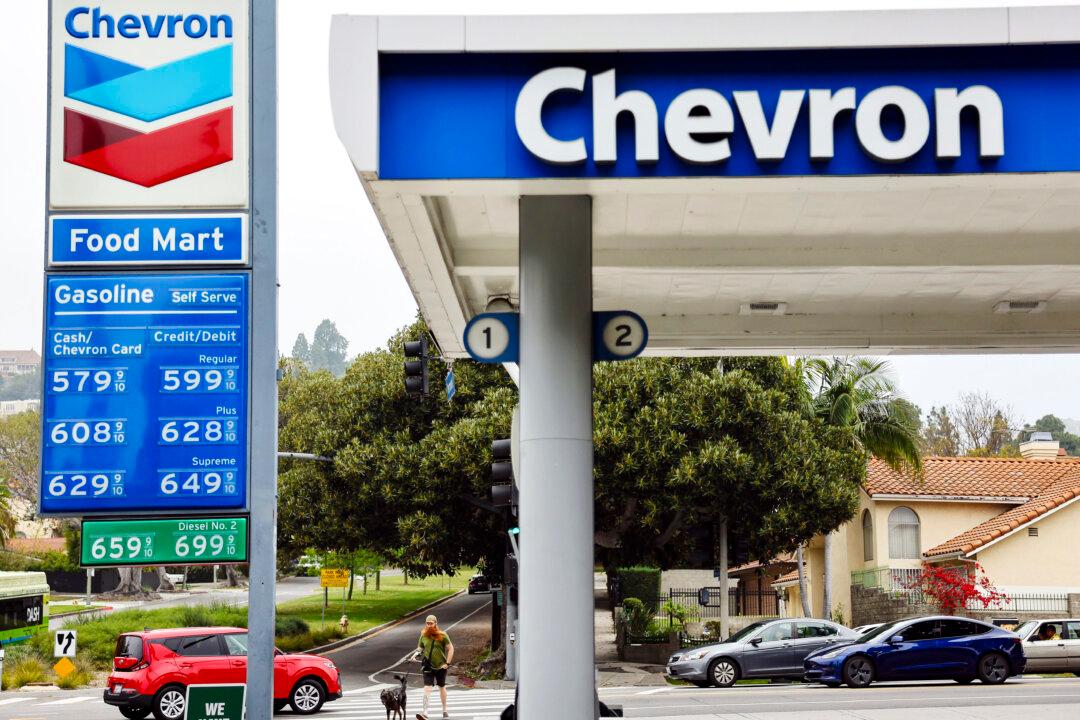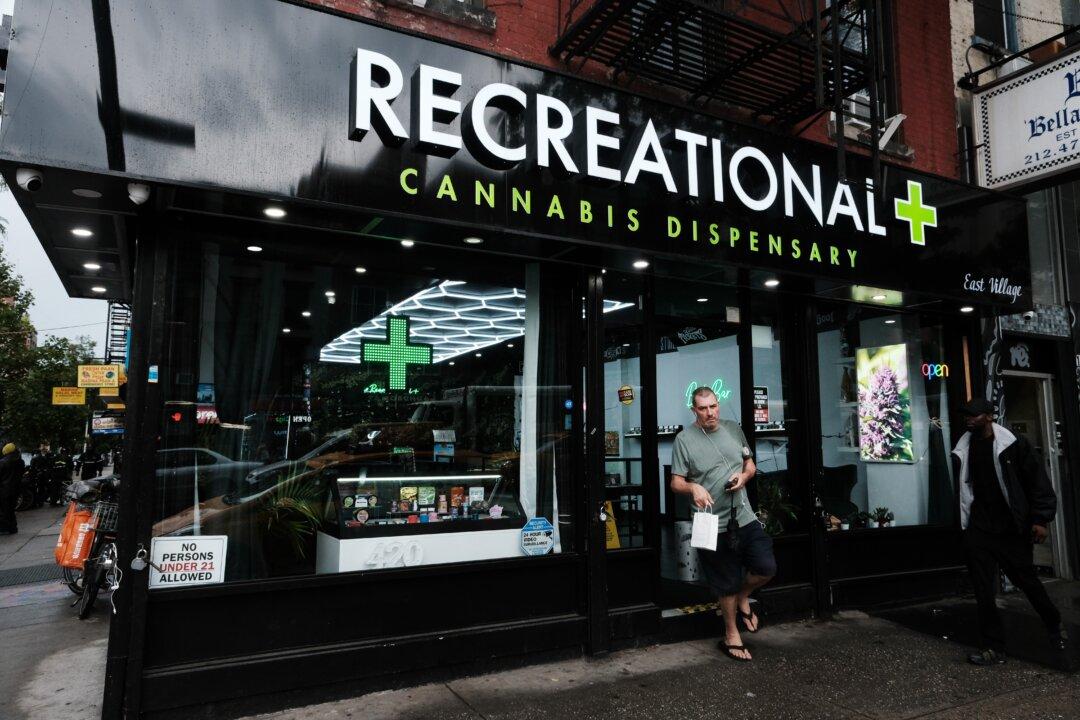In 2021, 13,384 people were killed by drunk drivers in the United States—approximately one person every 39 minutes—up 14 percent over 2020, according to the latest National Highway Traffic Safety Association data.
Over the same period, 42 percent of all traffic fatalities in Texas involved at least one driver with a blood alcohol concentration (BAC) above the state’s threshold of .08 g/dl or higher. The state also saw the biggest increase in the number of lives lost in drunk driving crashes in 2021, with 373 additional deaths over the prior year.
David Elizalde of Amarillo, Texas, knows these statistics personally and has made it his purpose to help create awareness and change following the death of his daughter Andrea Elizalde, who was killed at the hands of a drunk driver on Easter Sunday, April 21, 2019.
She was 17.
Mr. Elizalde said Andrea had big plans to become a surgeon, but the teen who had senior photos taken the day before her death would never see her dreams come true because of one bad decision involving alcohol.

On that fateful day, the Elizalde family had attended Easter services and visited a local park. However, Andrea told her parents she wanted to go spend time with one of her girlfriends that evening. She eventually convinced her parents to allow her to go.
But instead, Andrea went to hang out with some young men that her parents had not met. They had been drinking alcohol when Andrea allowed one of them to drive her 2017 Chevrolet Corvette. She and another boy were passengers in the car.
Minutes later, the 19-year-old driver was speeding on Dumas Highway, lost control of the vehicle, and crashed. Andrea was killed when her body was thrown from the vehicle. The driver and the other passenger, 17, both survived the crash.

Mr. Elizalde said the overwhelming grief and anguish of losing his oldest daughter made it difficult to eat, sleep and even breathe.
Mr. Elizalde said he believes the reason Texas has the highest rate of drunk driving fatalities is that the legislature has failed to create and pass tougher laws to hold offenders accountable.
“I think that’s the number one reason across the board,” Mr. Elizalde said. “We don’t have strict alcohol laws in place to ensure that [accountability].”
Last year, Texas A&M Transportation Institute Center for Alcohol and Drug Education Studies (CADES) ranked Amarillo fourth in the state for the most fatality and serious injury crashes caused by alcohol-impaired driving based on 2019-2021 crash data. Odessa ranked the worst.
Christine Adams, an assistant research scientist at CADES, told The Epoch Times she believes “culture” also plays a big role in the number of drunk drivers on the roadways.
Drunk Driving Penalties in Texas
Charges for driving under the influence (DUI) in Texas range from a Class A misdemeanor for the first offense, a Class B misdemeanor for the second offense, and a third-degree felony on the third or more offenses.Penalties may include up to a $2,000 fine, up to a year in jail, and the suspension of the offender’s driver’s license for 90 days to a year, if convicted of a Class A misdemeanor. The penalty increases on the second and third or more offenses. On the third conviction, the driver could be fined up to $10,000, two to 10 years in jail, and a suspended driver’s license for up to two years.
If the intoxicated driver causes injury to another person, the offense is punishable as a third-degree felony, with a minimum of two or up to 10 years in prison, up to a $10,000 fine, and the suspension or the loss of the person’s driver’s license.
Recidivism
The average drunk driver is estimated to have driven intoxicated more than 80 times before their first arrest, according to Mothers Against Drunk Driving.About one-third of those arrested for drunk driving have previous DWI arrests.
Grassroots effort to create change
Texas Department of Transportation (TxDOT) Traffic Safety Specialist LaViza Matthews works with local authorities to help provide solutions and bring awareness to prevent drunk driving.“If you make a plan while you’re still sober and stick to it, we can eliminate so many [deaths],” Ms. Matthews told The Epoch Times.
Ms. Matthews, who is also the executive director of Andrea’s Project, said it is not uncommon for DWI defendants, including repeat offenders, to accept a plea deal — even in cases involving a fatality — in lieu of a jury trial. She said an Amarillo judge told her that a plea deal is better than a dismissal since it can be difficult to get a jury to convict a drunk driver.
“Most of the jury has done that,” Ms. Matthews said the judge explained. “They have been a drinker and driver ... it’s a relatable crime.”
Therefore, many district attorneys will offer the defendant a plea deal, which may result in a lesser charge and a lighter sentence.
Creating long-term behavioral change is key to reducing drunken driving, said Ms. Adams, who works closely with Andrea’s Project.
She has assisted the organization with grant writing in its effort to bring the 24/7 Sobriety Program to Amarillo.
The zero-tolerance program requires offenders to maintain sobriety through twice-daily alcohol testing in order to avoid incarceration. Offenders who test positive for alcohol or skip testing are subject to swift and immediate sanctions of one to two days in jail.
Andrea’s Project has spent over a year working to bring the program to Amarillo, with the hope that its success will convince lawmakers to create legislation to implement 24/7 statewide.
But the cost of starting a pilot program has presented the biggest challenge in moving forward with the pilot program.
So far, $40,000 has been earmarked for 24/7, but that is less than 10 percent of the $500,000 needed to launch 24/7, Ms. Matthews said.
If Andrea’s Project is unable to secure enough funding through grants, Mr. Elizalde said the organization will hold fundraisers until it has the money to start the pilot program.
Meanwhile, the group plans to continue its mission through a public health approach to stop underage alcohol sales, educate the community on the dangers of impaired driving, advocate for stronger penalties for drunk driving offenders, and to teach people to make a plan before they drink.
“Everything changes when you decide to drink and drive,” Mr. Elizalde said. “Drinking and driving is a choice made sober. That’s it. It’s real simple, real basic, but it’s real words.”





